Sanja Matsuri, the Shintoist festival
Japan, or in Japanese language: Nihon or Nippon, with its history and its traditions is one of the countries that most characterizes the Far East. Each year millions of tourists from all over the world visit it.
Tokyo, “Eastern capital” because it is located east of the old capital of Kyoto, with its more than fifteen million inhabitants, represent about 12% of the entire Japanese population. It “lies” on the island of Honsu and overlooks the Pacific Ocean; as all Japan.
There are a lot of things “must see” in the capital, but certainly one of them is the area of special wards..it intrigues tourists above all because into a large park in the central district of Chiyoda, there is the Imperial Palace, the main official residence of emperor.
Among the characteristic neighborhoods in Tokyo, in Asakusa, located in the north/east of the metropolis, annually, during the third weekend of May, an attractive and long-lived festival takes place… it has more than 700 years: the Sanja Matsuri Festival.
According to a legend, everything began in 628, when three fishermen brothers: Hinokuna, Hanamari and Takenari discovered in the Sumida River a statue of Kannon, the goddess of compassion. Later the construction of a temple was dedicated to her.
Then, near the temple, sanctuary of Asakusa was built and it was consecrated to the three brothers, because they had become Shinto deities “kami”. According to tradition, they reside there permanently.
During this festival over two million people crowd the streets to assist the spectacular religious parades. During which over one hundred “mikoshi” (portable altars) are lifted by 40 men or women each. These parades of mikoshi run through the streets with the intent to donate fortune and prosperity to the people.
The numerous people participating at the Shinto Sanja Matsuri festival is made up of all kinds persons… enthusiastic tourists and residents who exhibit flamboyant costumes and tattoos. This is the ideal event for those who want to immerse themselves in the history and tradition of ancient Tokyo.
T H E V I D E O
(All the photos are taken from Google.com, all the videos are taken from YouTube.com, and all belong to their original owners-We do not own any of the content posted-Removal upon request)







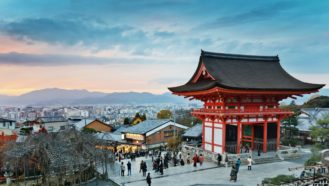
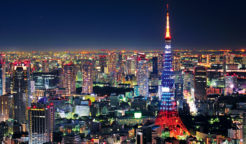
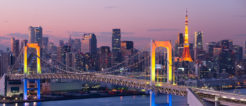
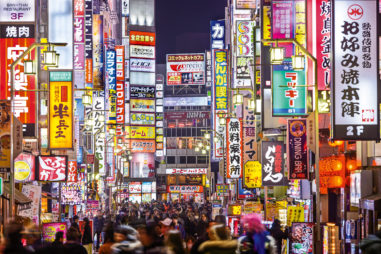


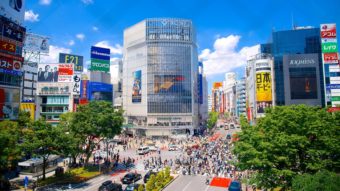

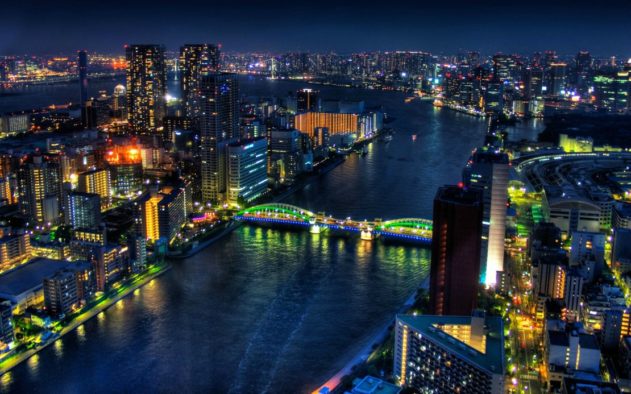


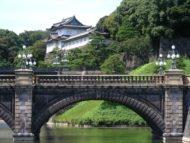

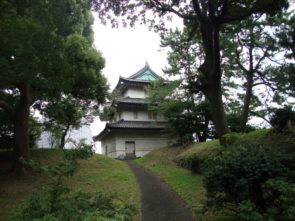


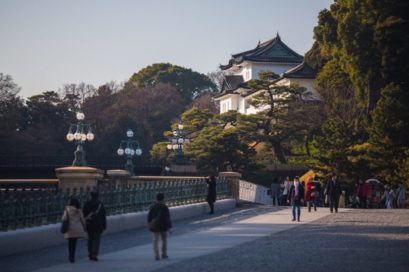



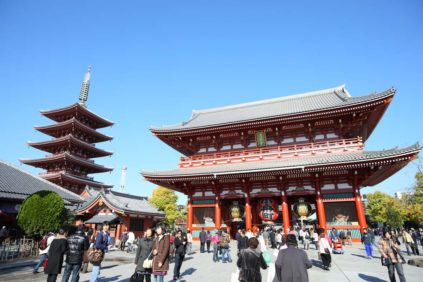
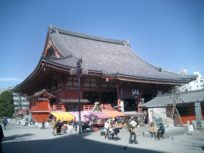


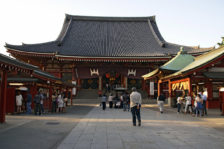
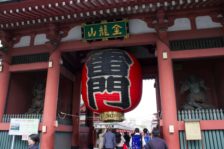
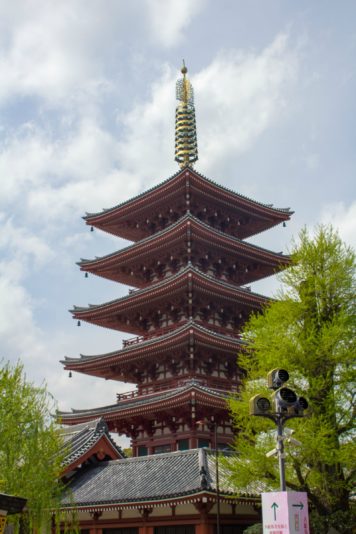


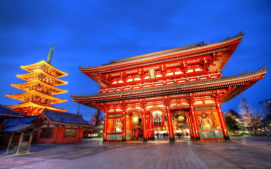


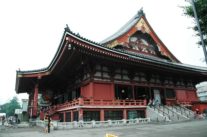

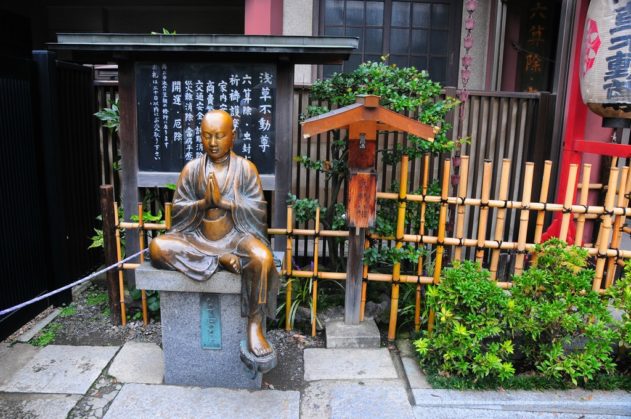

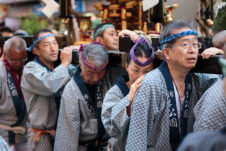
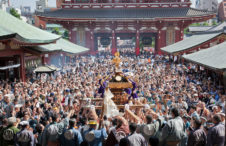

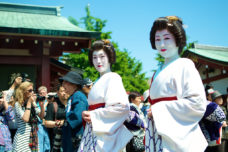
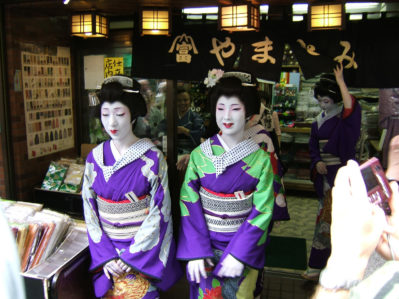
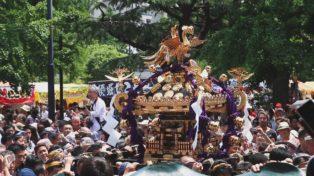



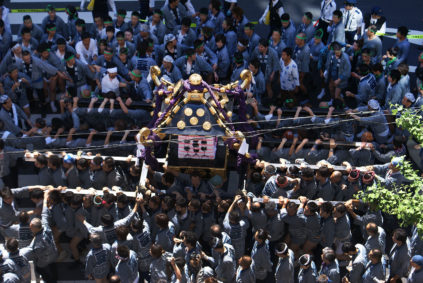

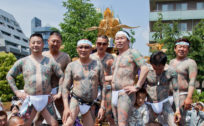

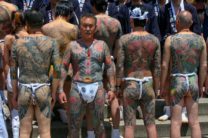



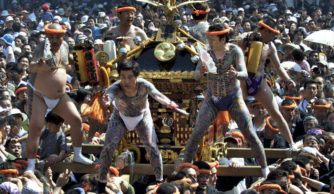
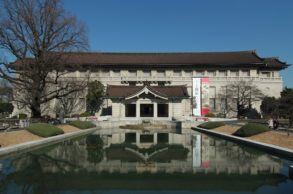
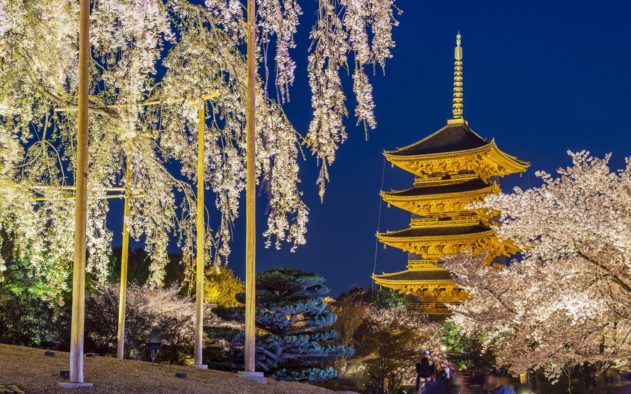

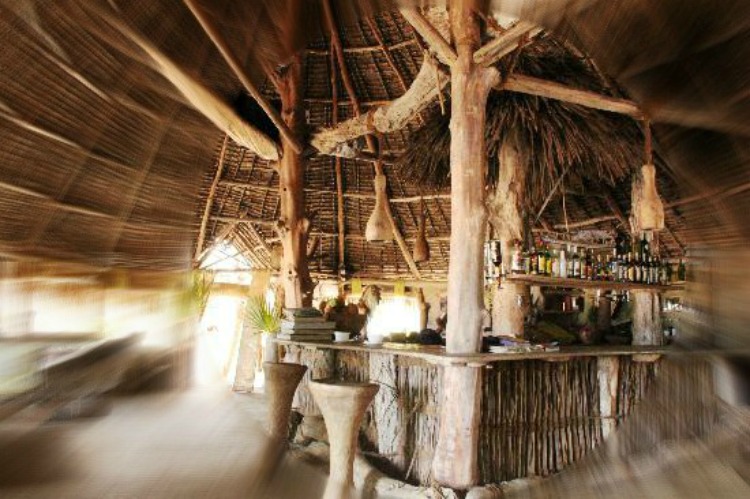
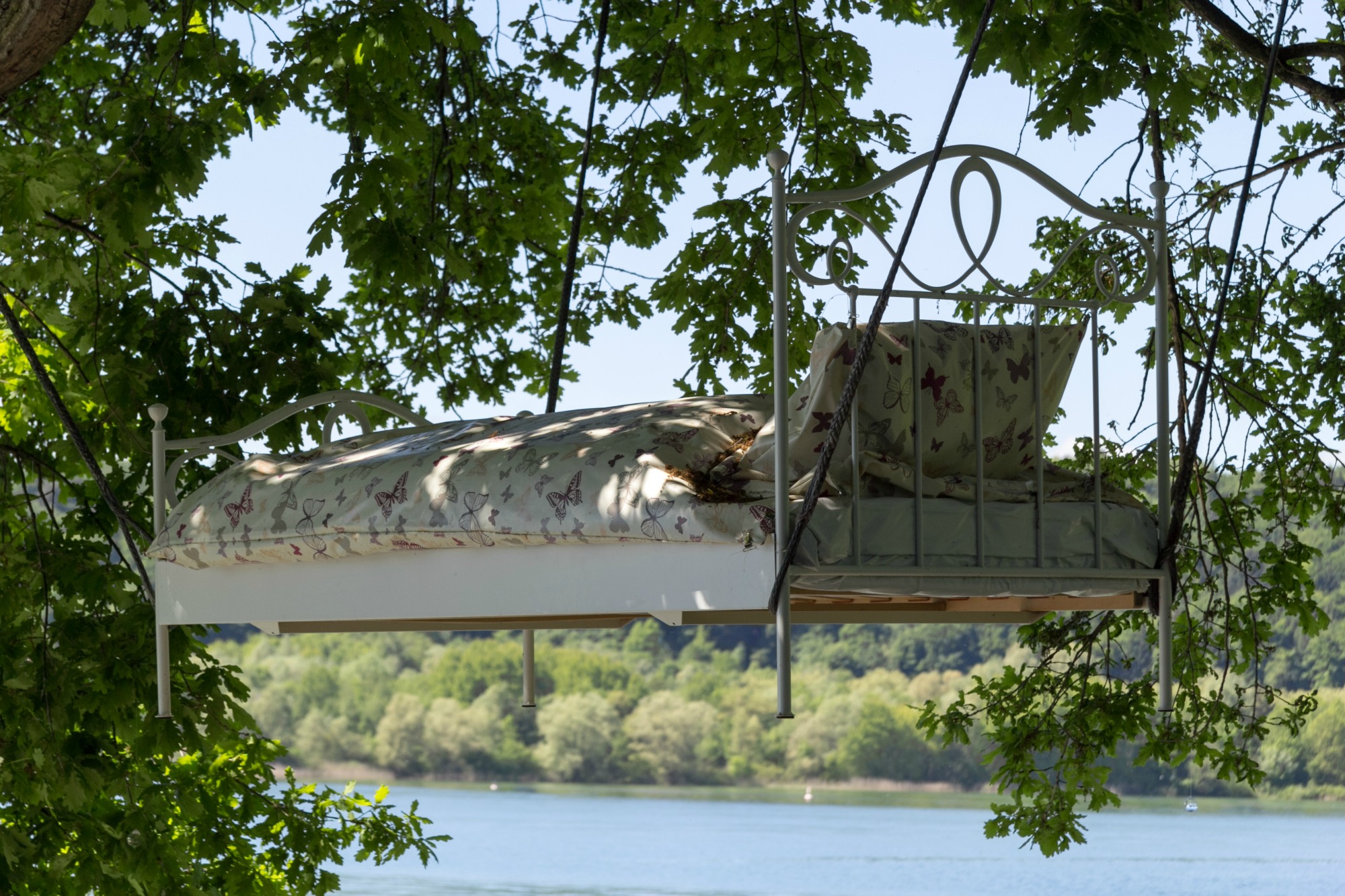

 Instagram Gallery
Instagram Gallery